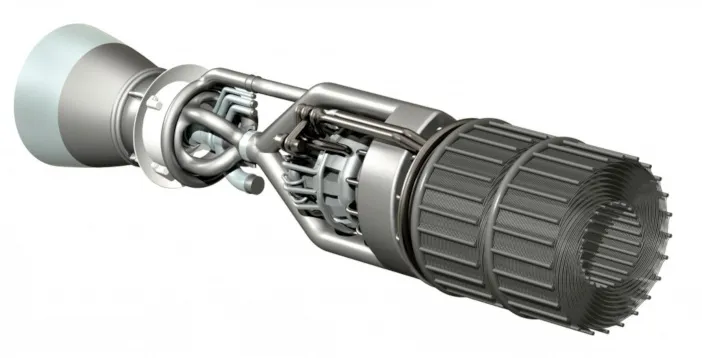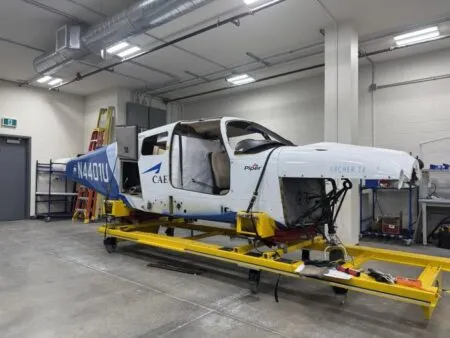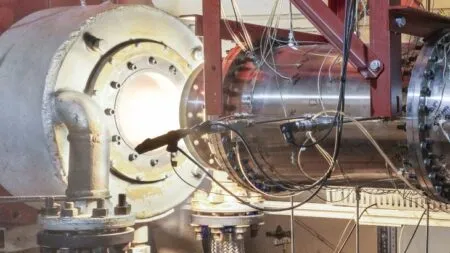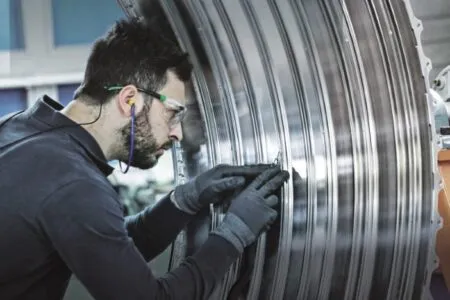Engineers at UK-based aerospace firm Reaction Engines have successfully completed the testing of two key sub-systems of its SABRE air-breathing rocket engine.
Reaction Engine’s synergetic air-breathing rocket engine (SABRE) is being designed to offer hypersonic flight and cheaper and more reliable access to space.
SABRE is designed to operate in two modes. From take-off to Mach 5 while still within the atmosphere the engine sucks in air like a conventional jet engine to support combustion of hydrogen fuel, accelerating to 25 times the speed of sound to access space. Once above the atmosphere, SABRE switches to conventional rocket mode and uses liquid oxygen (LOX) stored on board.
SABRE and Reaction Engines can trace their beginnings back to the 1980s and early concepts for space planes. A series of more recent fund raising activities and partnerships with companies such as BAE Systems and Rolls-Royce has seen the company grow and the pace of SABRE’s development and test program accelerate.
Key milestones
Two vital parts of SABRE’s design, the HX3 heat exchanger and the advanced hydrogen preburner, supply heat energy and air respectively to the air-breathing core of the engine. These components have recently been validated by separate test campaigns, following the validation of another key part of the engine, the pre-cooler in October 2019.
The advanced hydrogen preburner is a lean-burning hydrogen combustor that provides heat energy to the engine cycle at take-off and early flight. The HX3 is a microtube heat exchanger that connects to the preburner and exchanges heat between combustion gas and helium.
The advanced hydrogen preburner and HX3 together provide the heat source to the core engine to enable flight from sea level. As the aircraft accelerates, the heat energy converted in the engine intake and extracted through the precooler gradually takes over the energy provided by the preburner extracted through the HX3 heat exchanger.
The recent testing campaigns, which were conducted with Airborne Engineering and S&C Thermofluids used full size test rigs to validate computer modelling and de-risk high temperature operation in advance of their further integration into the engine.
The preburner test campaign also demonstrated that the fuel injection system would function at full scale, and that the heat output can be precisely controlled to provide even temperature to the HX3.
HX3 test campaign
Conducted by Airborne Engineering at their test facility in Buckinghamshire, the company designed and built a custom hot gas source for the HX3 tests. The hot gas source was capable of providing partially combusted air with variable massflow and temperatures controlled from 428℃ to well in excess of 928℃.
The test rig also required closed-loop feedback control of the mass flow of hydrogen and air for combustion, the mass flow of helium coolant and the pressure of the hot coolant exhausted from the heat exchanger.
The HX3 achieved a top temperature 1126℃, making it the hottest test yet conducted for SABRE to date, even higher than the precooler’s validation at speeds representative of Mach 5 in 2019. Performance exceeded model predictions with slightly more heat exchange and less pressure loss than expected, said Reaction Engines.
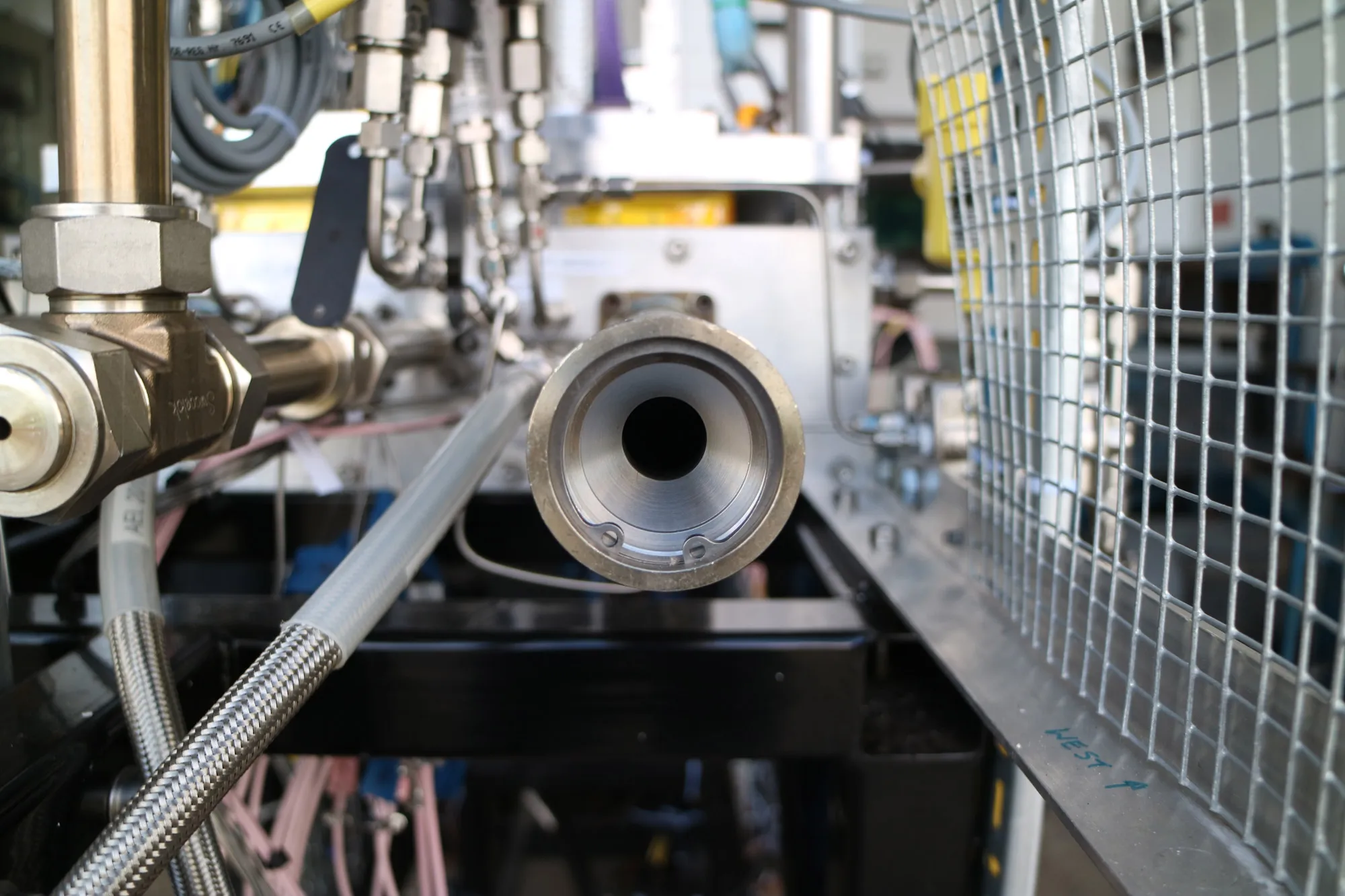
James Macfarlane, managing director of Airborne Engineering, said, “This program continued the close working relationship that we have with Reaction Engines.
“Together we have successfully delivered another cutting-edge test campaign to further the evolution of SABRE technology. Despite the complex nature of the testing requirements, and the high accuracy required for the hot-gas uniformity and flow control, we are pleased to have developed a custom solution for them that was not only efficient to test but worked first time.”
Preburner test campaign
Run in partnership with S&C Thermofluid at Kemble Airfield in Gloucestershire, the test campaign used its air delivery system using Gnome gas turbines to provide the temperature pressure and mass flows required to test the preburner at the full conditions needed for a SABRE engine.
In addition, S&C already possessed a hydrogen delivery rig that was suitable for the campaign, which enabled the testing to be completed in under a month.
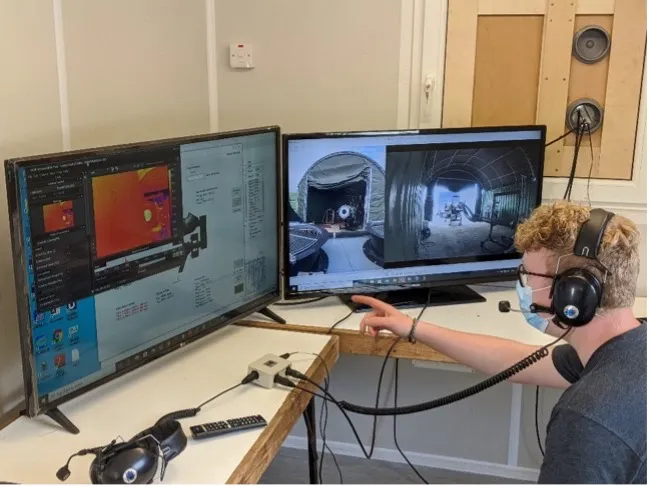
According to Reaction Engines, the preburner exceeded expectations during testing and provided a larger performance envelope than predicted. The preburner campaign involved testing several pieces of new technology at the same time and significant redesigns were expected, however only relatively minor issues ensued.
Shaun Driscoll, programmes director at Reaction Engines said, “These test campaigns have been a huge success and we are very pleased with the results.
“With excellent teamwork and the help of our close partners we have been able to verify model predictions on real hardware, gain useful insight into performance and limitations and move onto the next phase of the development of our technology.”
For more details about SABRE’s test campaign and Reaction Engines, read our feature here.


